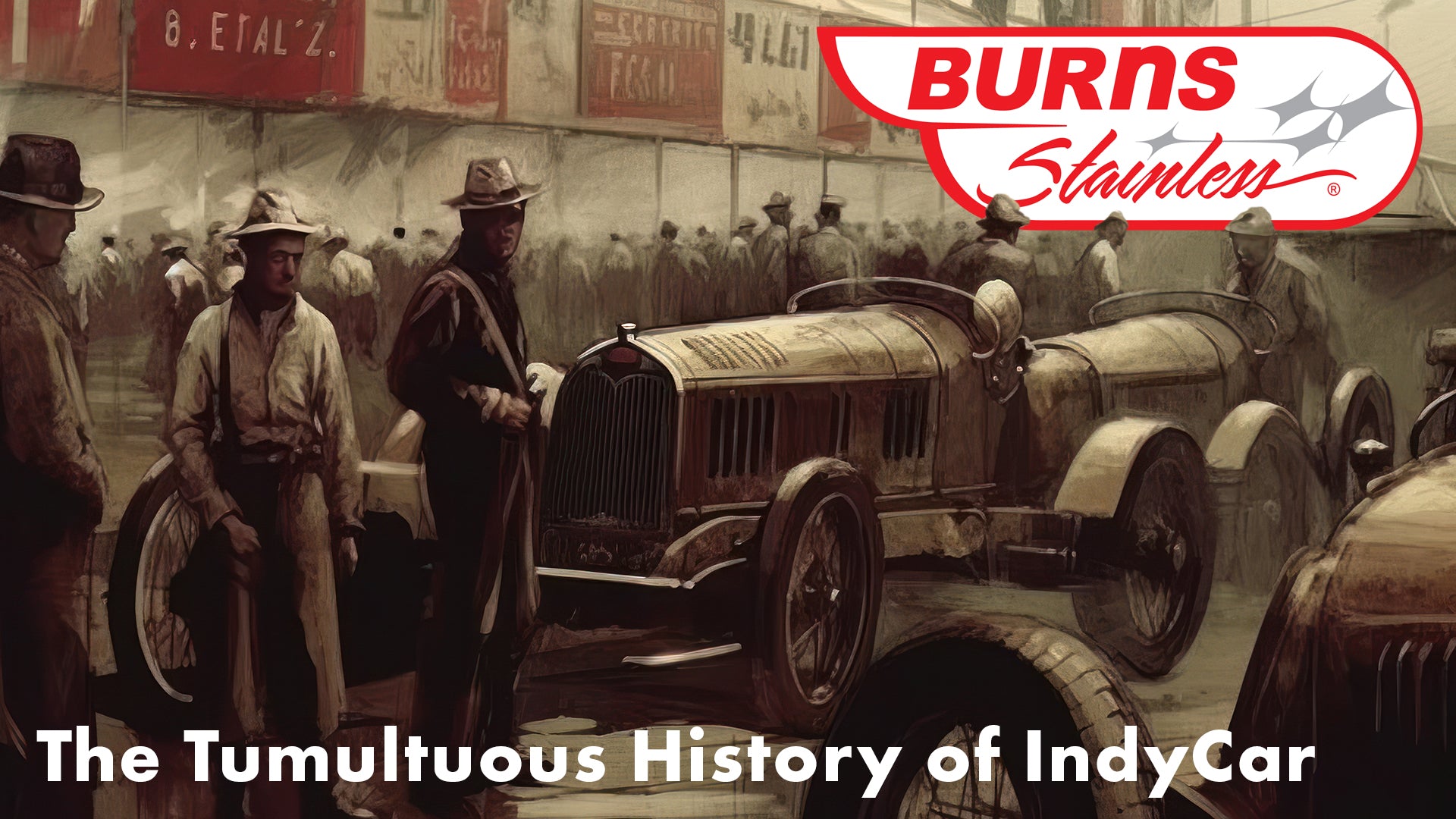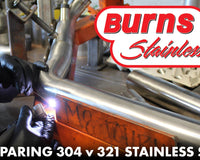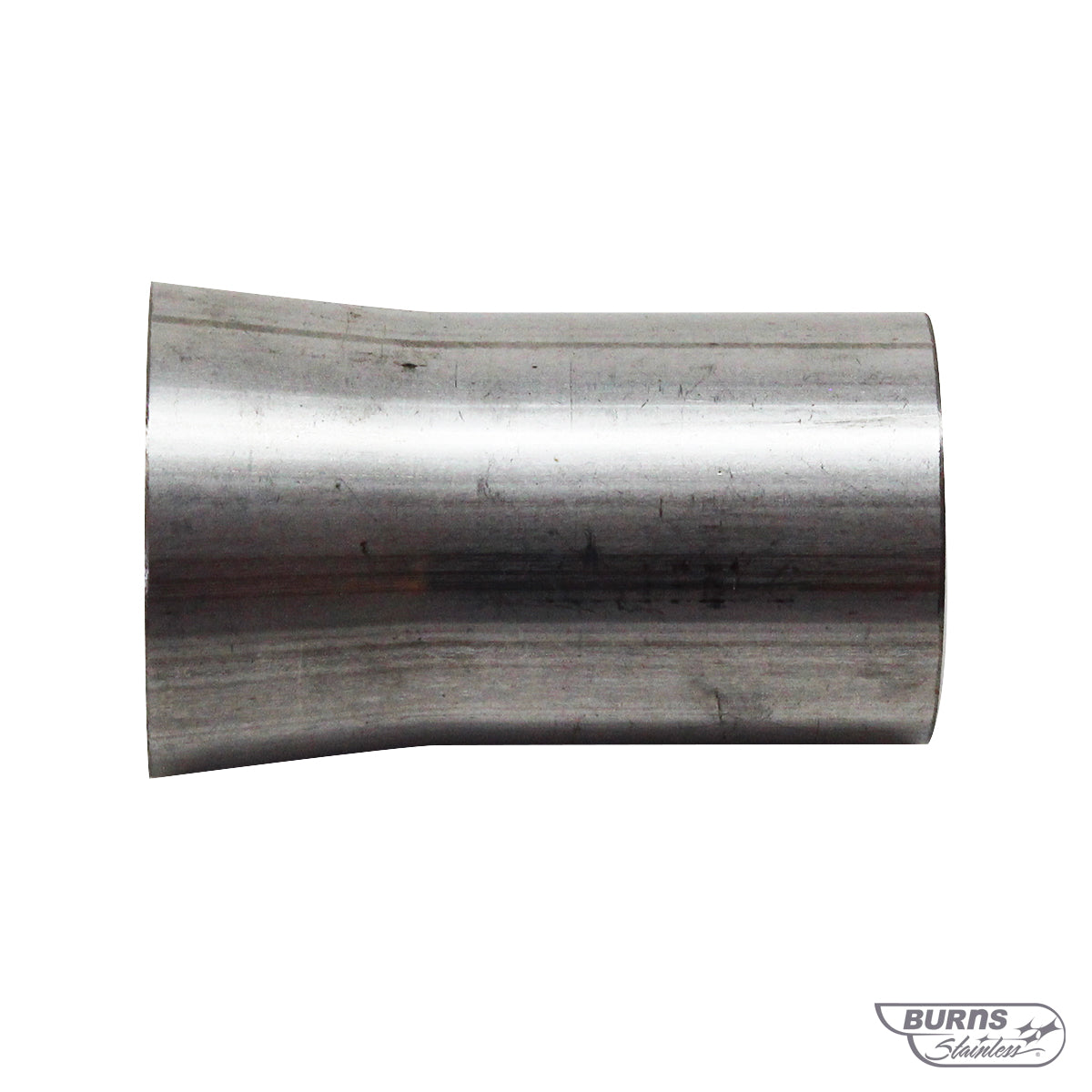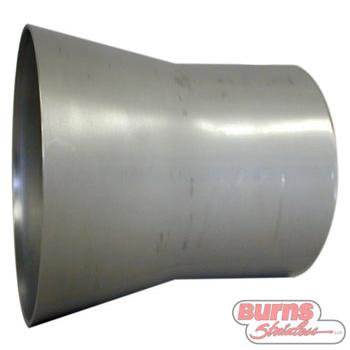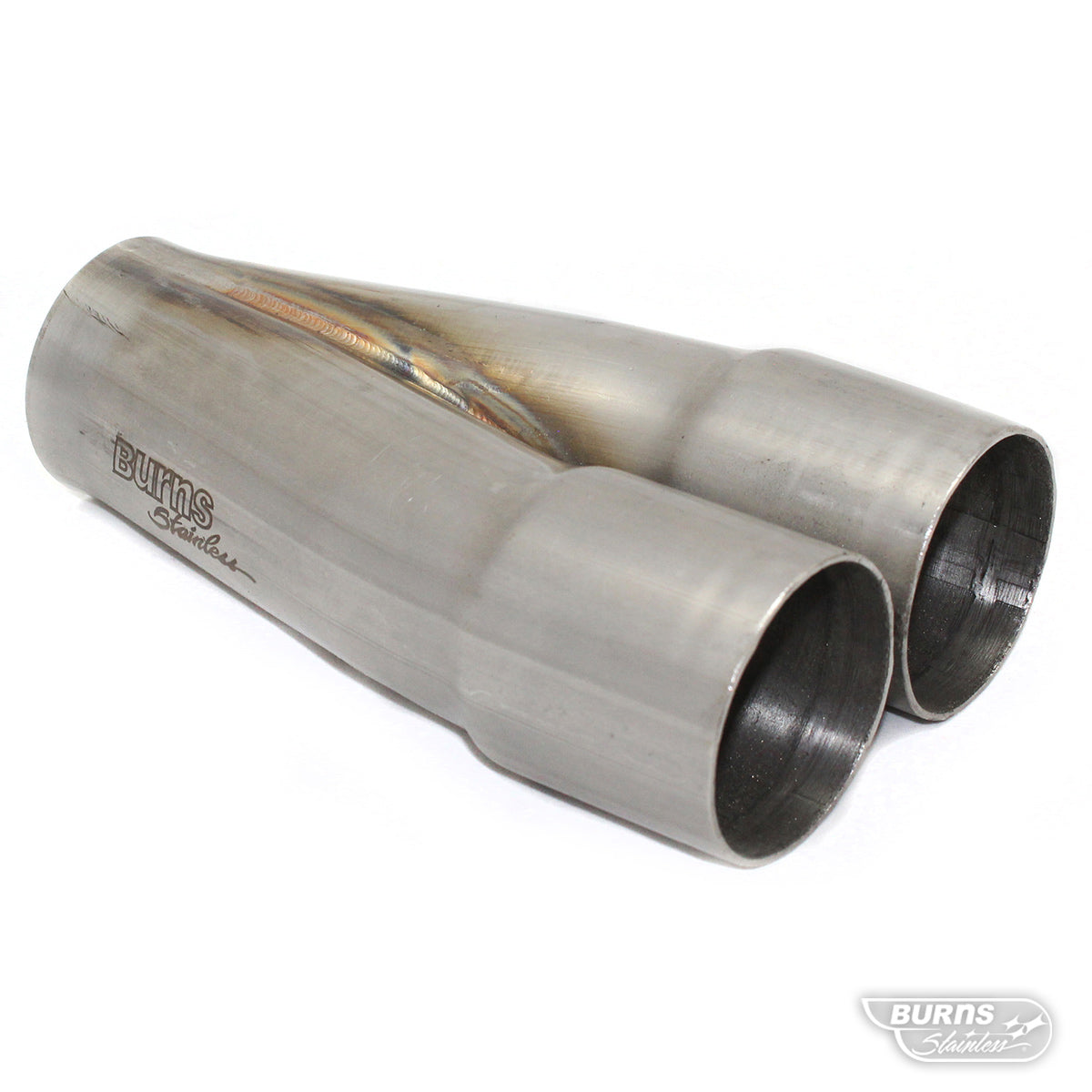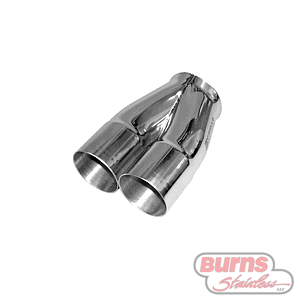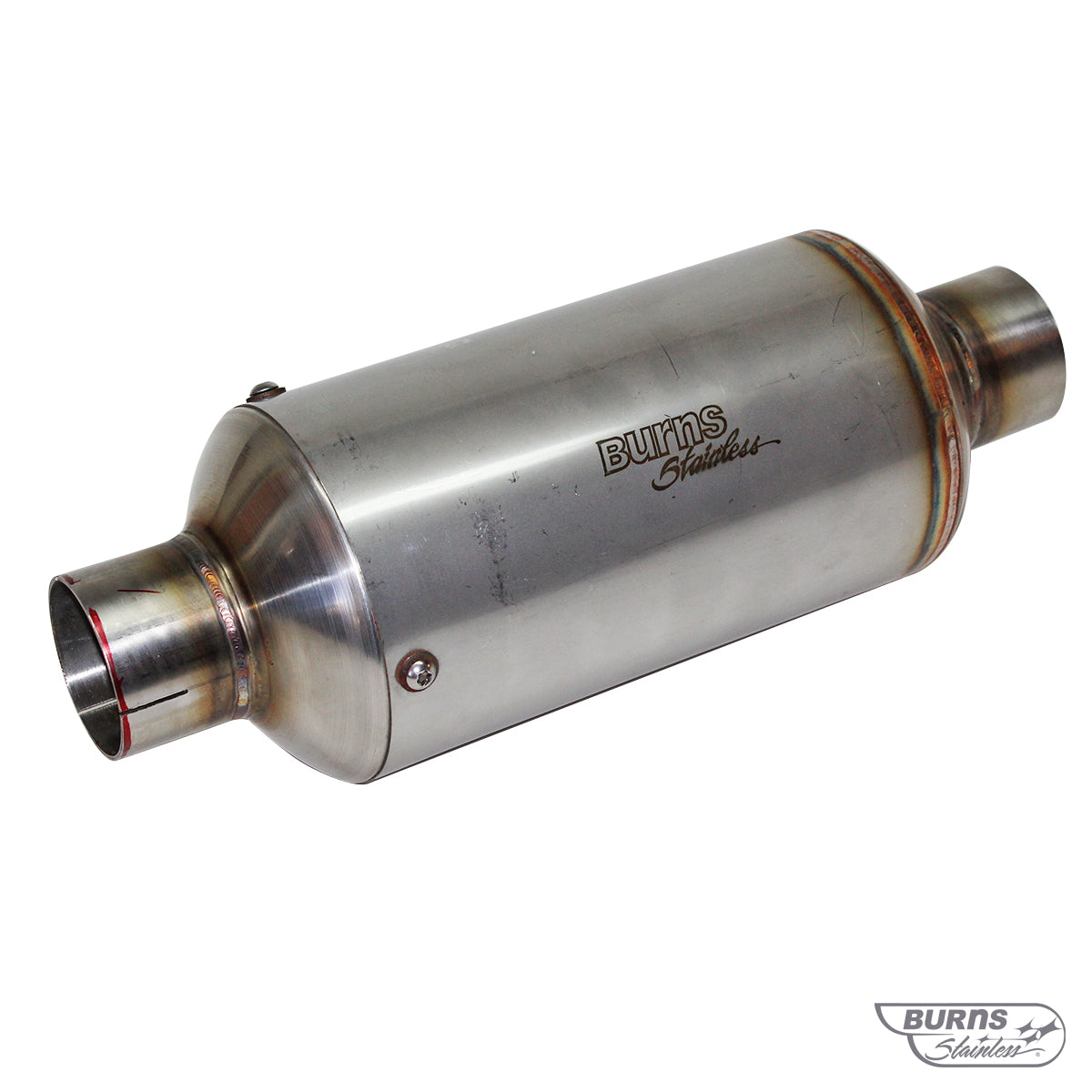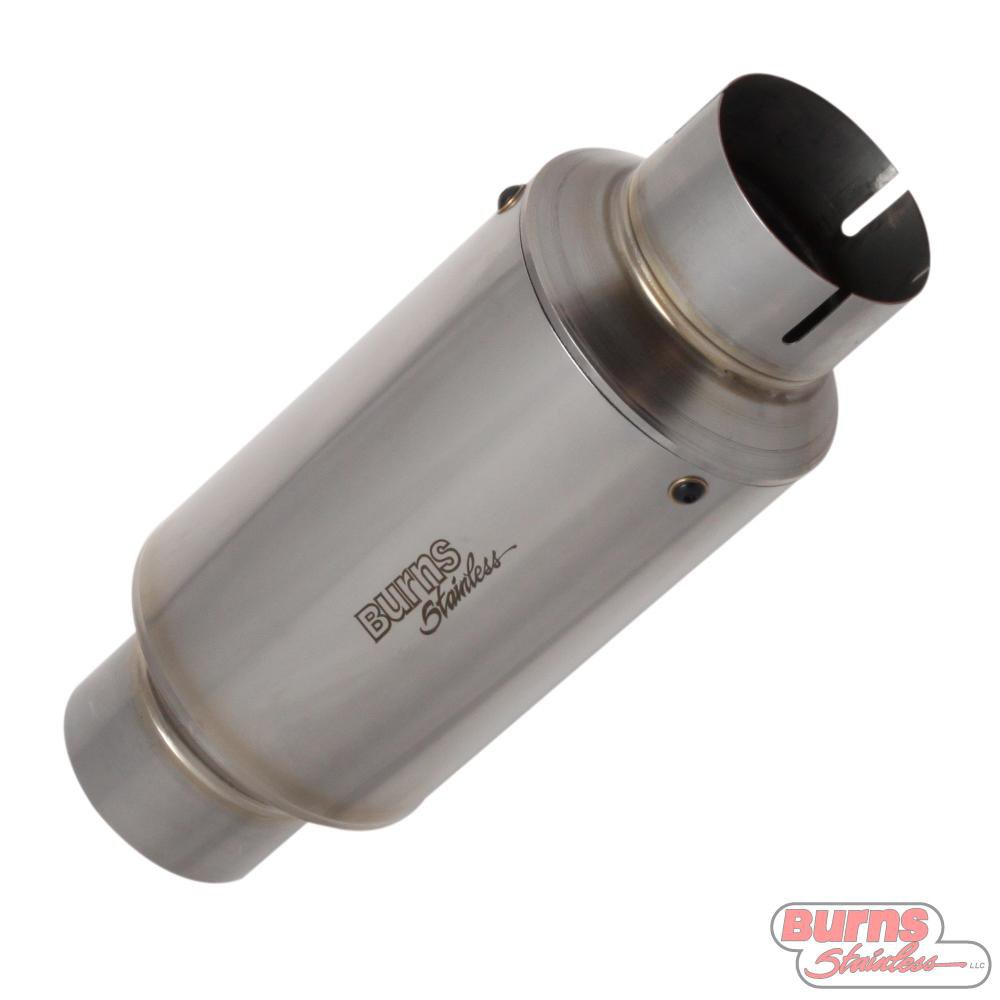A while back, we published an article on the history of the Indianapolis Motor Speedway. However fascinating, it got us thinking about how IndyCar racing evolved, what we didn't know is its tumultuous history.

Early origins of “Indy” racing start in the post WWII era through the early 1960’s when open wheel race cars were almost exclusively front-engine “roadsters”. The primary ladder series included sprints and midgets. By the end of the ‘60’s the cars evolved into rear-engine formula-style machines. United States Auto Club (USAC) became the primary sanctioning body for top-level Indy car racing from 1955 to 1978.
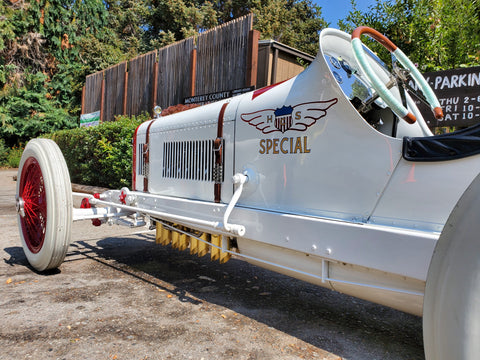
USAC was formed by then owner of the Indianapolis Motor Speedway, Tony Hulman. Speed, technology, and expense sped up at a rapid rate during this time. Oval tracks dominated the series however a few road course racers were added to assuage the newcomers. Dirt tracks were dropped from national championship in 1970.
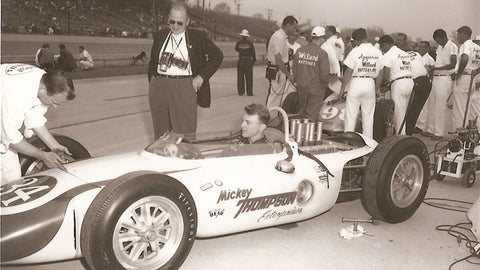
During the tumultuous times of the 1970’s the high cost to compete drove traditional USAC owners from the sport. Dominant teams were from road racing backgrounds with names like Penske, Gurney and McLaren. There was a growing dissent between these teams and USAC management. Events outside of Indy were suffering from low attendance and poor promotion. The Indy 500 was televised on a same-day tape-delayed basis on ABC, when most other races had little or no coverage. Tony Hulman died in the fall of 1977. A few months later on April 23, 1978, returning from a race at Trenton Speedway, eight USAC officials and the pilot were killed when their 10-seat Piper Navaho Chieftain crashed during a thunderstorm 25 miles southeast of Indianapolis. By the end of 1978 the team owners had broken away and founded Championship Auto Racing Teams (CART) to take control of sanctioned racing from USAC.

CART/USAC/IRL Racing from 1982-2003
Stability in the racing series returned and now the national championship was run by CART full time. The Indianapolis 500 was sanctioned singly by USAC, and the points were paid towards the CART season championship.
In 1994 Tony Hulman’s grandson Tony George, president of the Indianapolis Motor Speedway, founded the Indy Racing League (IRL), to begin competition in 1996. It would exist as a separate championship, and leveraged the fame of the Indianapolis 500, which was placed as its centerpiece. After the IRL announced that 25 teams competed in IRL races would get automatic qualifications to the race, making it impossible for most of the CART field to make the race, CART teams boycotted the 1996 Indy 500. It was the beginning of the second open wheel "split".
Initially, USAC sanctioned the IRL, however after officiating controversies in 1997 at Indianapolis and Texas, the USAC was replace by the IRL’s in-house officiating. Indianapolis Motor Speedway entered a legal battle with CART over the trademarked “IndyCar” name. The case was eventually settled where CART gave up the name, but the IRL could not use it until 2003. In the meantime, CART began referring to their machines as Champ Cars.
CART teams eventually returned to the Indy 500 and defected permanently to the IRL when it lost its title sponsor FedEx and engine providers Honda and Toyota to the IRL.
Penske Era
From 2004-2007 CART was purchased in bankruptcy by a consortium Open Wheel Racing Series and later renamed to Champ Car World Series. By 2011 IRL was now operating under the IndyCar Series and in 2008 they absorbed Champ Car. In 2020 the IndyCar Series, the Indianapolis Motor Speedway and other holdings were sold to Penske Entertainment Corp. a subsidiary of Penske Corporation, owned by Roger Penske.
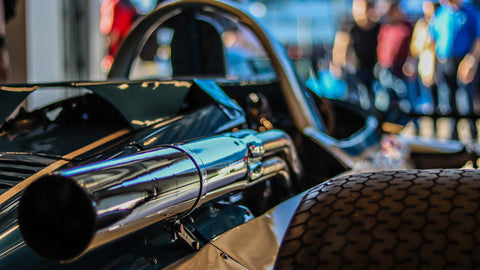
Burns Stainless is known for working with race teams to get every inch of horsepower out of their engines. The same is true for IndyCar as well. Our proprietary X-Design Parametric Exhaust Modeling Program is the starting place to build an exhaust system for ANY internal combustion engine. Simply plug in your engine dynamics and we will create a map of how to build your system to it optimal performance.

